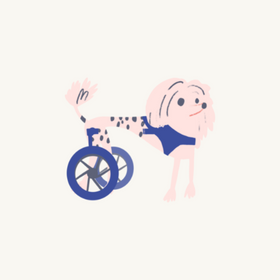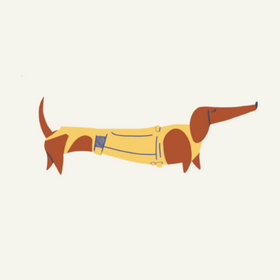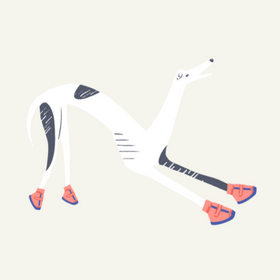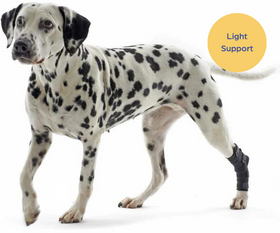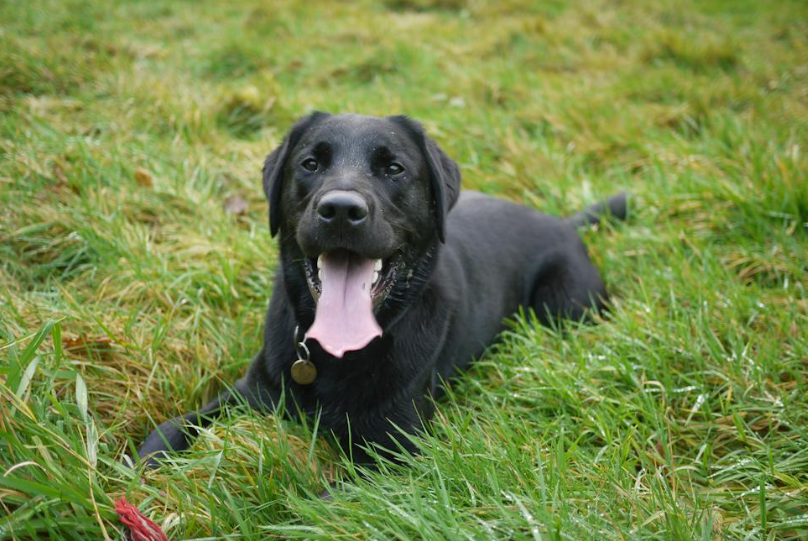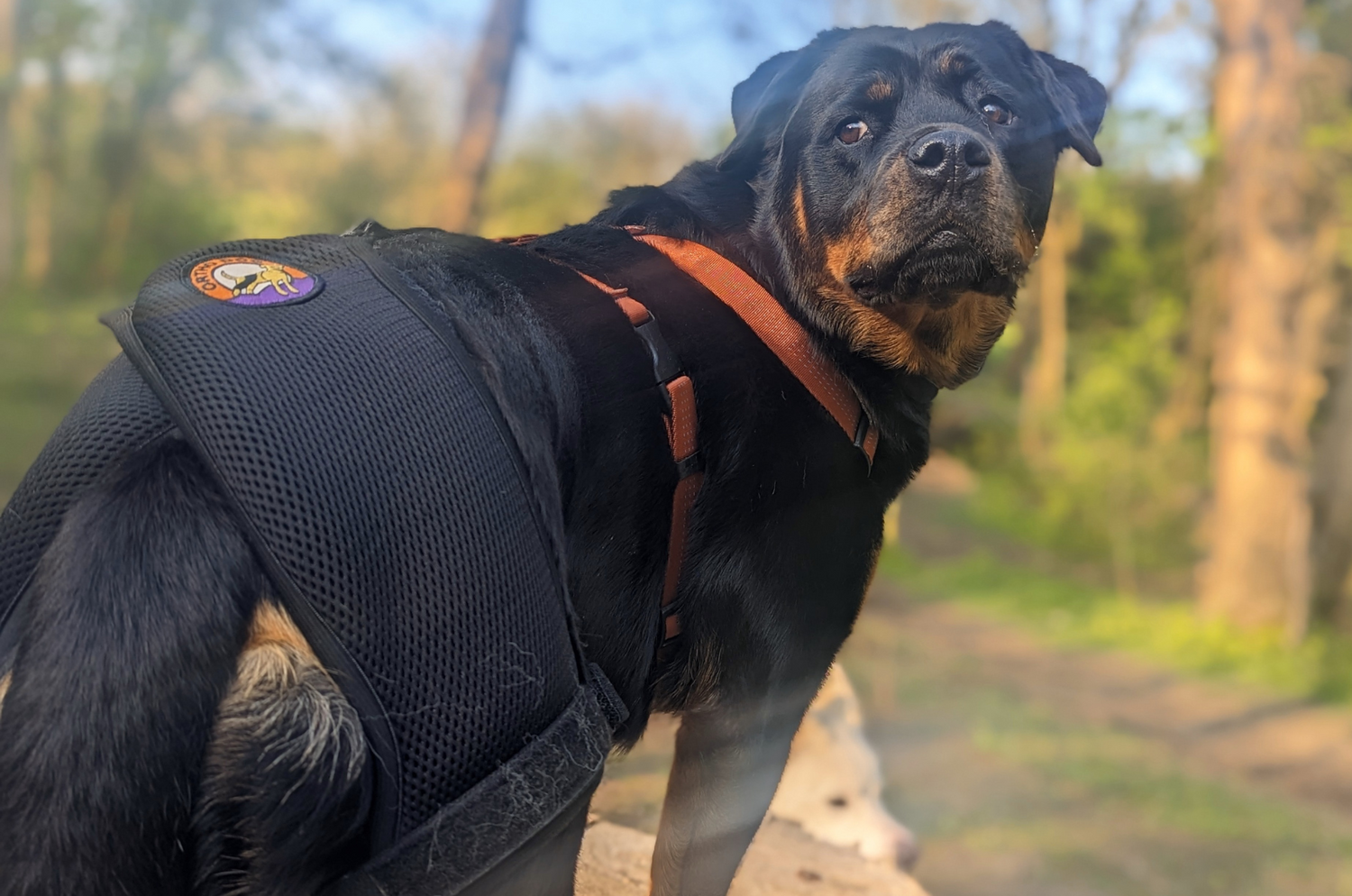Osteoarthritis is a progressive, complex condition that involves the deterioration of joint cartilage and inflammation of the joint. It leads to reduced mobility. It’s often very painful and, when in its advanced stages, can significantly impact a dog’s quality of life if left untreated. It’s sometimes categorised into four stages, with four being the most severe.
Although osteoarthritis can appear in any joint, it’s most often seen in the leg and spine joints. If your dog has hip or elbow dysplasia, the development of osteoarthritis as a secondary condition is highly likely.
Dog osteoarthritis develops overtime and is most usually seen in older dogs, although it can affect dogs of all ages. It isn’t a curable condition, so will need long-term management.
Dog arthritis is a broader term that encompasses joint inflammation, which can have several causes including infection, autoimmune disorders, or trauma.
Arthritis is associated with the ageing process, or can develop because of an historic injury to a joint.
As osteoarthritis and arthritis affects your dog’s overall wellbeing, treatment should be considered holistically i.e. taking into account the ligaments and muscles surrounding the joint, the joint capsule, pain management, not just looking at the joint itself.
Dogs with well-managed osteoarthritis and arthritis can lead happy lives, with normal life expectancy.

